I. Introduction
The 1941 biographical film “Sergeant York” stands as one of Howard Hawks’ most iconic works.
Adapted from a true story, the movie chronicles the heroic deeds of Sergeant Alvin C. York during World War I. It portrays how an ordinary individual overcame adversity to become a national hero.
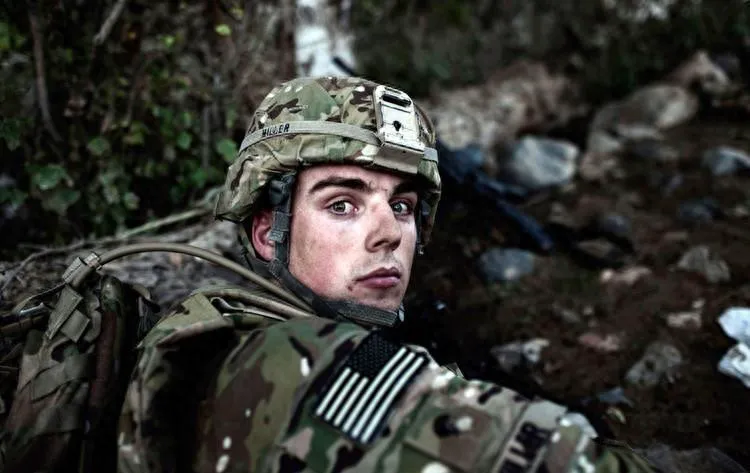
II. An Epic of Courage and Sacrifice
Howard Hawks’ motivations and inspirations for directing “Sergeant York” were multifaceted, encompassing personal sentiments, historical context, and cultural influences.
Sergeant Alvin C. York distinguished himself as an exceptional American soldier during World War I. In the 1918 Battle of the Argonne Forest, he single-handedly neutralized multiple German positions and captured 132 enemy soldiers.
This remarkable true story deeply resonated with Hawks, leading him to immortalize the valiant soldier’s tale on the silver screen as a tribute to his heroism.
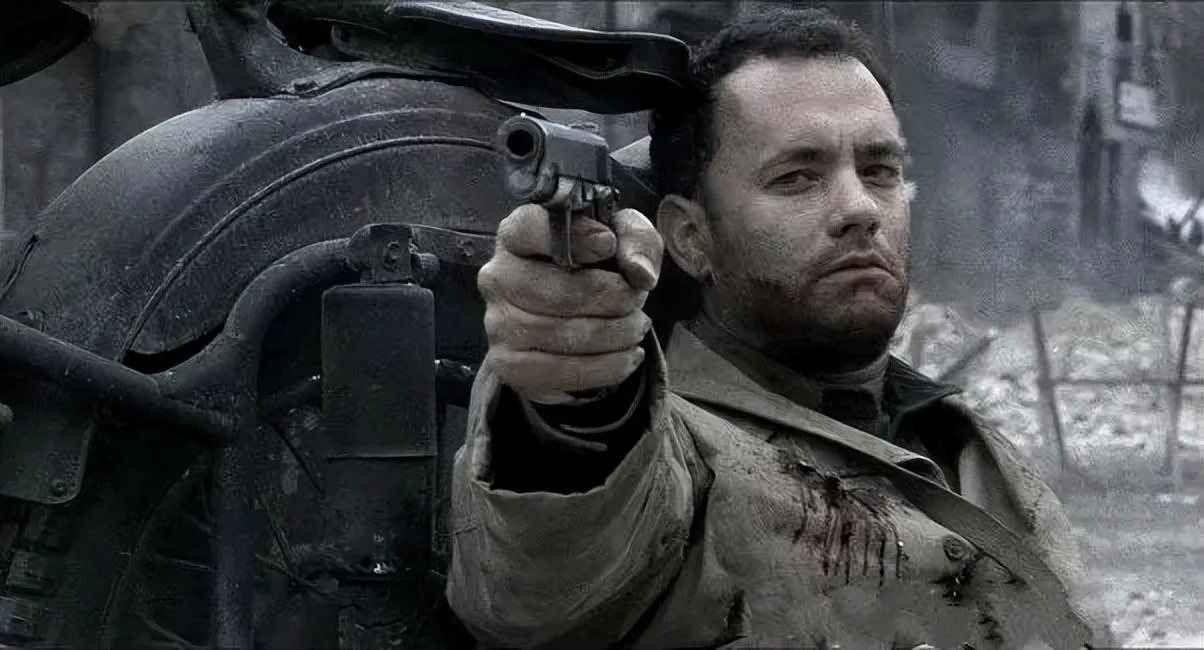
“Sergeant York” embodies the values of courage, responsibility, and dedication. Hawks believed that presenting such a narrative to audiences could ignite their innate sense of bravery and justice.
His intention was to impart positive moral lessons through the film, while also reminding viewers to respect and appreciate the selfless contributions of heroes.
The production of “Sergeant York” in 1941 coincided with the looming threat of World War II. Hawks may have aimed to use the film as a cautionary tale, highlighting the devastating consequences of war and emphasizing the importance of peace and understanding.
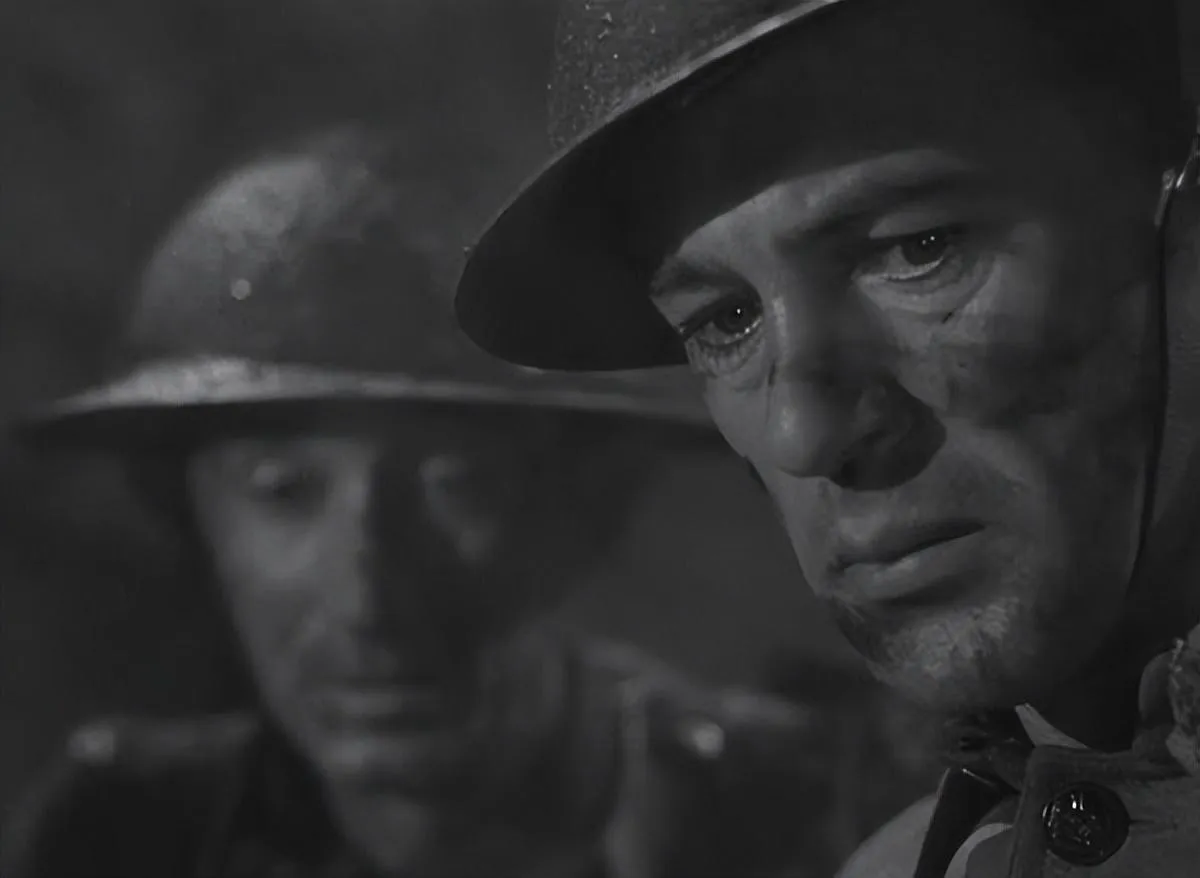
He hoped to evoke a sense of appreciation for peace among viewers and to underscore the immense suffering and destruction caused by war.
Hawks, a director deeply invested in social issues, readily addressed and reflected significant contemporary themes. The timing of the film’s production in 1941 was particularly relevant, as the United States was undergoing a period of profound transformation and challenge.
By depicting an ordinary individual overcoming adversity, Hawks sought to inspire viewers to emulate Sergeant York’s courage and determination in the face of hardship and adversity.
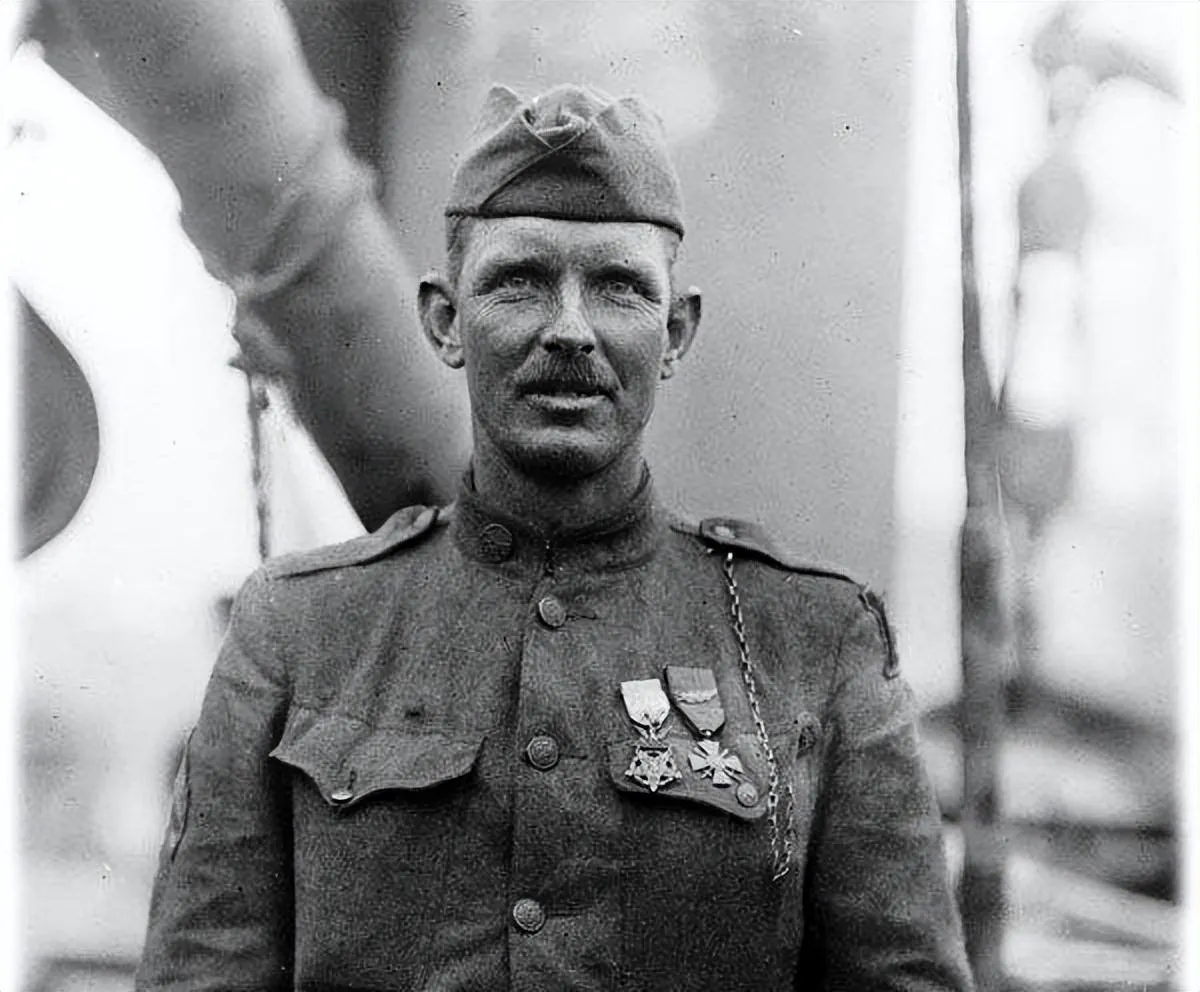
Challenges in Production
The initial hurdle in creating “Sergeant York” was the scriptwriting and adaptation process. Transforming a real-life story into a screenplay necessitated meticulous historical research and the seamless integration of plot elements and character portrayals into the film.
Hawks collaborated closely with the film’s writers and adaptors, working together to ensure the story’s logical coherence and artistic merit.
Casting the right actors to embody the film’s main characters was a critical aspect of production. For a biographical film like “Sergeant York,” which revolves around a real person, casting was even more challenging. Finding actors who could accurately portray the characters and capture the essence of the wartime era was a significant undertaking.
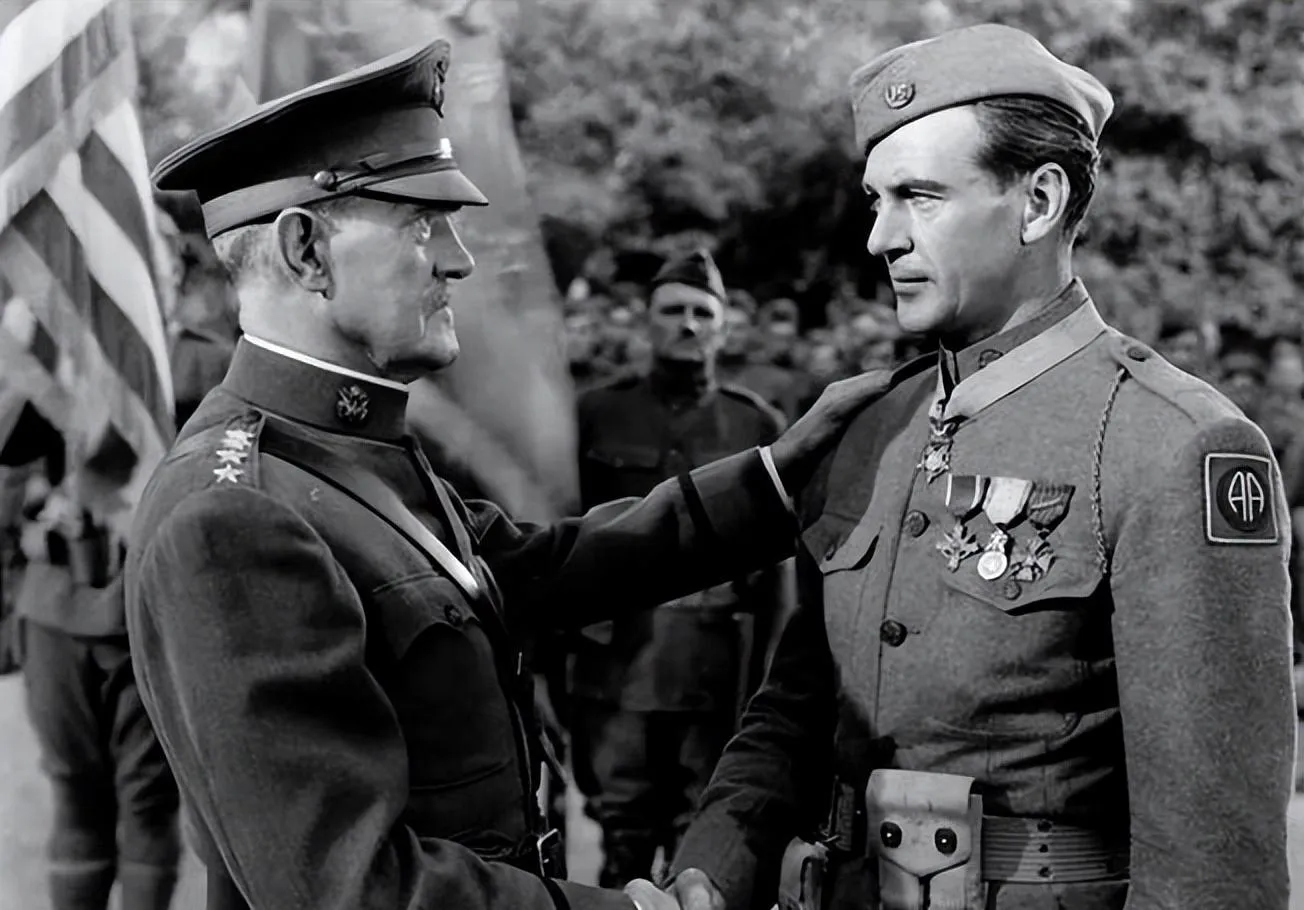
Actors also needed to convey the characters’ emotions and complexities through their performances, fostering empathy among viewers. The film’s producers and director had to work closely with the actors, guiding them to fully understand the characters’ inner worlds and modes of expression.
“Sergeant York,” a film about World War I, featured numerous war scenes and battle recreations.
In 1941, the production team faced limitations in technology and production scale. They had to recreate war scenes using limited resources and technical means, immersing viewers in the authentic combat environment and atmosphere of conflict.
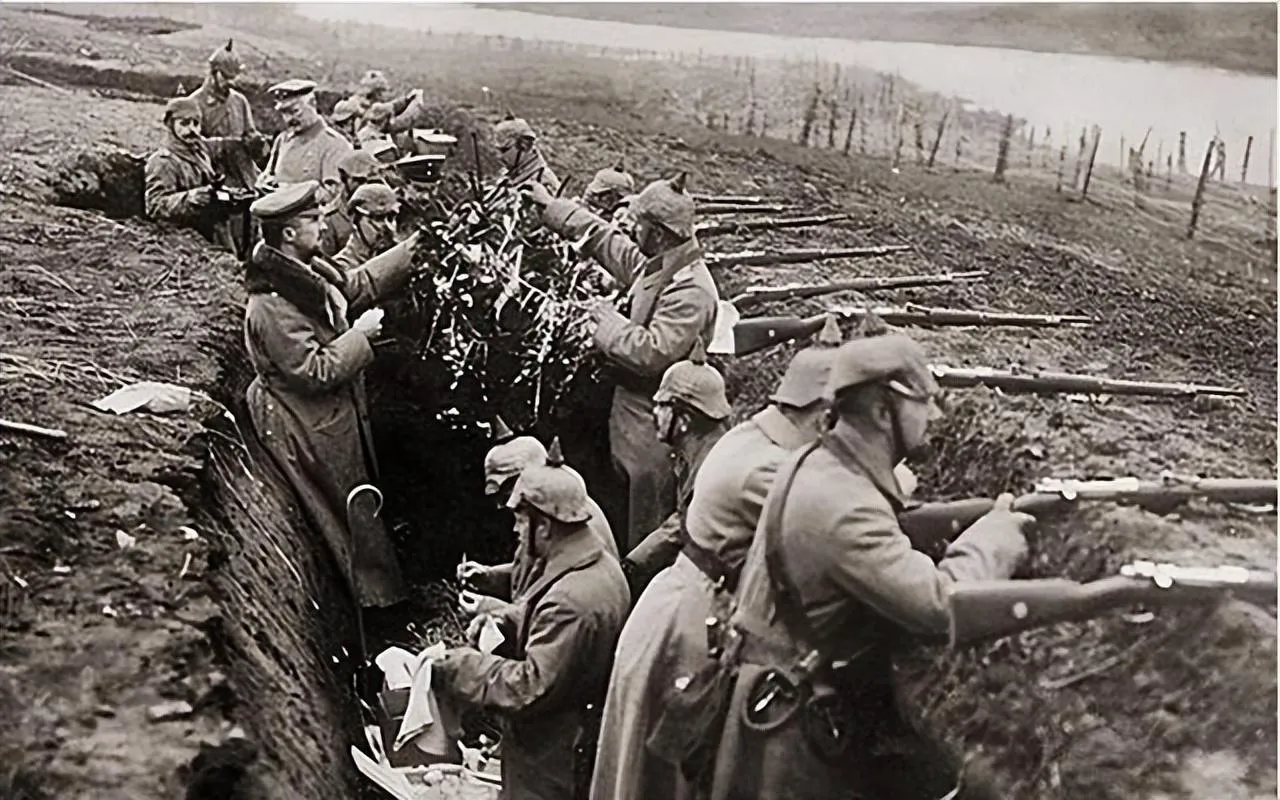
Production challenges included organizing large-scale scenes and action sequences, and perfecting visual effects through photography, set design, and special effects.
Producing a biographical film that required significant time and financial investment posed a challenge for the production company. The production team had to manage schedules, budgets, and resources to ensure the smooth progress of filming and production.
However, the relatively limited film production conditions in 1941 meant that the team had to complete filming and production within a constrained timeframe and budget, while maintaining artistic quality and the integrity of the story.
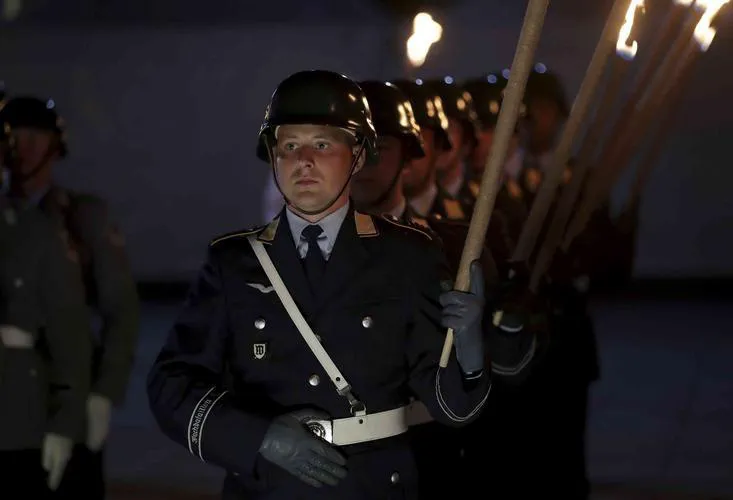
Hawks’ Artistic Style
In 1941, film technology was relatively limited, so Hawks had to make the most of existing techniques to convey the story’s emotions and conflicts. He employed clever cinematography and camera language to shape the film’s visual effects.
For example, he used tracking shots to simulate the tense and chaotic atmosphere of war scenes, and close-up shots to highlight the characters’ expressions and emotions.
Hawks was renowned for his unique artistic style, adept at capturing the inner worlds of characters through nuanced performances and emotional accuracy.
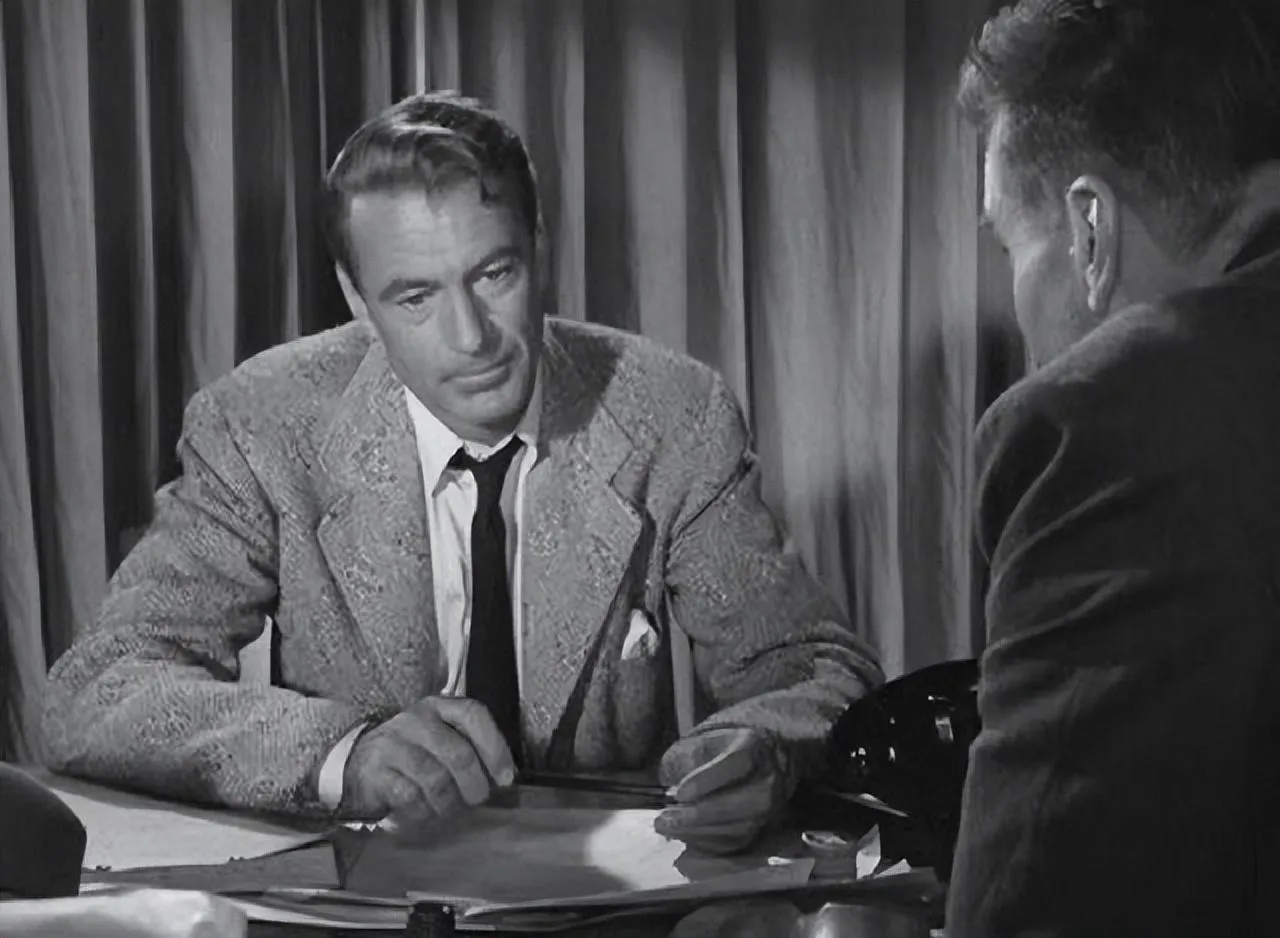
In “Sergeant York,” he focused on character development and emotional delivery, showcasing the characters’ complexity and humanity through detailed and well-crafted plot points.
He employed an elegant and natural acting style, allowing viewers to deeply understand the protagonist, Sergeant Alvin York’s journey of growth and struggle.
Hawks adopted a non-linear narrative approach, using flashbacks and recollections to showcase the protagonist’s growth and transformation. This narrative technique enhanced the emotional resonance between the audience and the characters, and better conveyed the characters’ inner worlds and journeys.
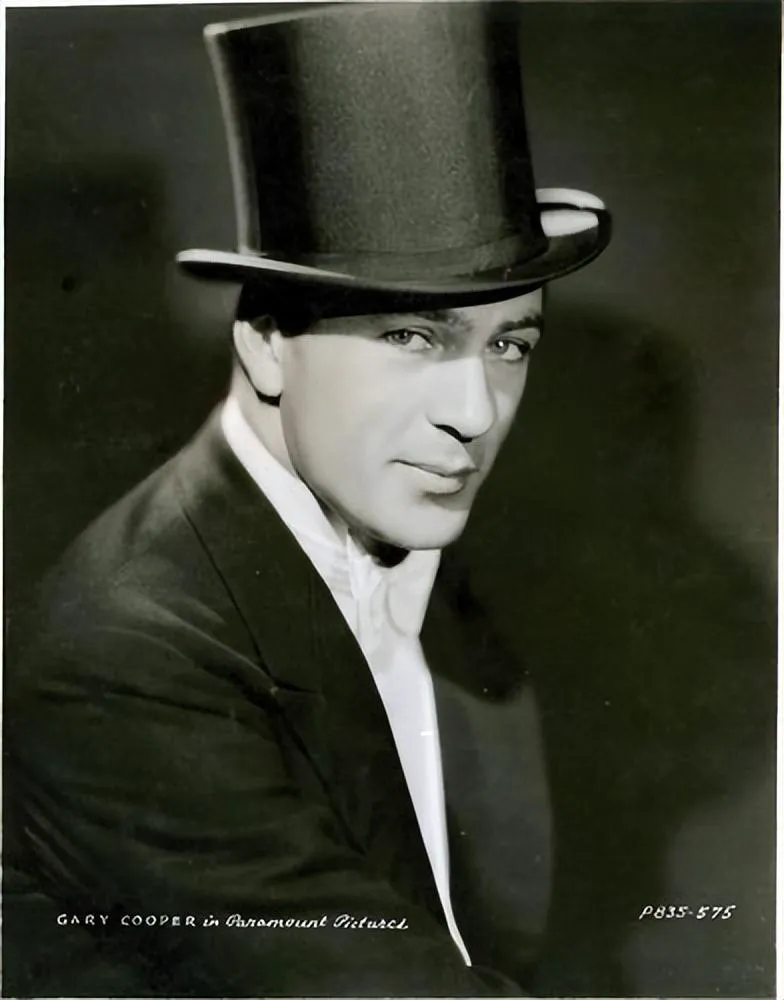
Howard Hawks demonstrated his unique filming techniques and artistic style in directing the biographical film “Sergeant York.”
He skillfully utilized existing technical means to express the story’s emotions and conflicts, and shaped the characters’ complexity and humanity through nuanced performances and emotional delivery.
He emphasized the restoration of history and environment, creating a realistic wartime era through meticulous production design. At the same time, he used a non-linear narrative structure to allow the audience to more deeply understand the characters’ growth and transformation.
The application of these filming techniques and artistic styles made “Sergeant York” a biographical film with depth and emotional impact, showcasing Hawks’ exceptional talent and creativity as a director.
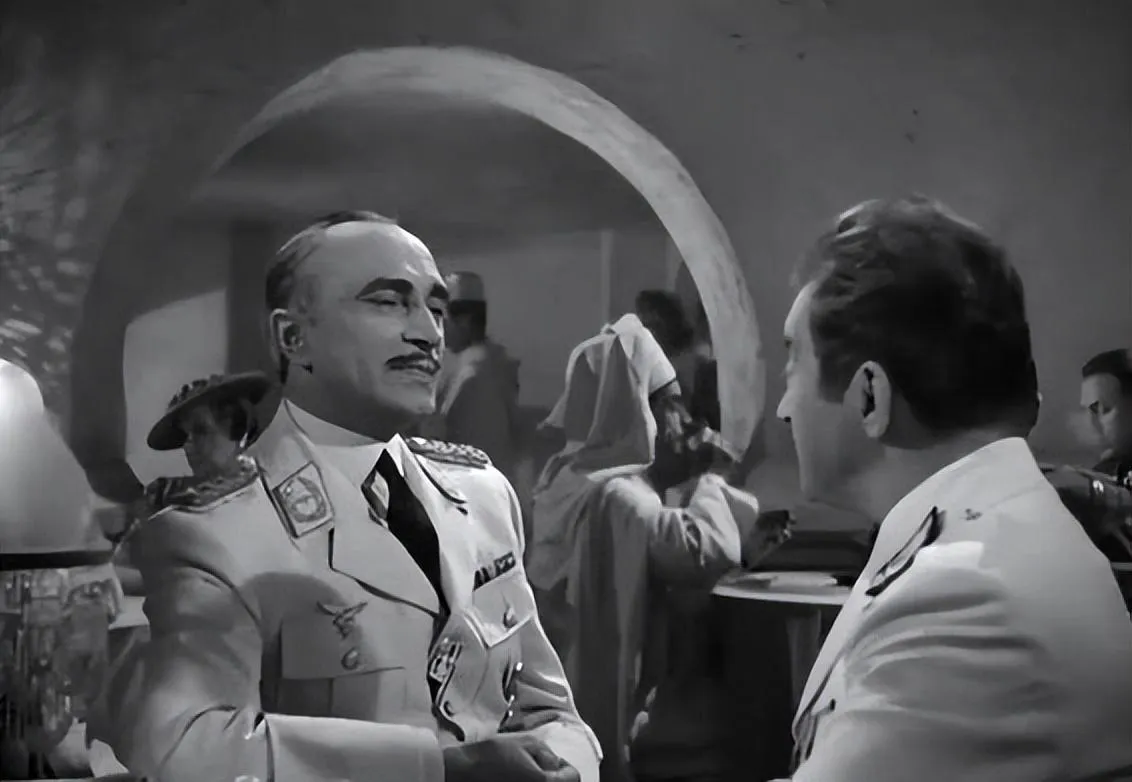
III. A Heroic Biographical Film That Resonates with Audiences
In 1941, the commercial model of the film industry differed from today’s, lacking the widespread distribution and independent box office data tracking systems we have now.
However, based on contemporary reports and reviews, we can ascertain that “Sergeant York” achieved commercial success. The film garnered attention and acclaim upon its release, and achieved considerable box office success at the time.
“Sergeant York” received widespread critical acclaim and praise upon its release. The film’s narrative style, actors’ performances, and production design were highly lauded.
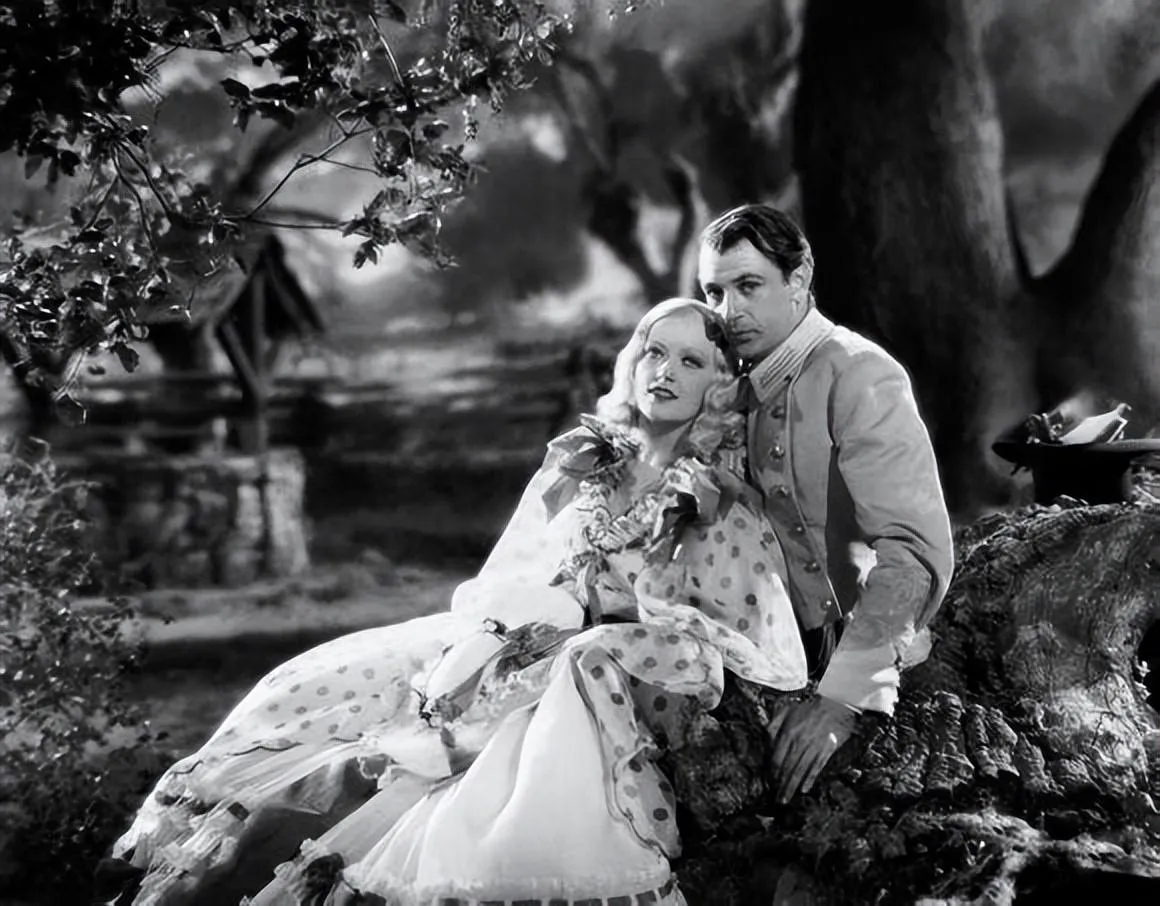
Audiences and critics alike praised Hawks’ accurate portrayal of Alvin York’s true and moving story, as well as the depiction of the wartime backdrop.
The film was regarded as a moving biographical piece, successfully depicting the life and story of a real person, while also evoking audience resonance through its war scenes and character emotions.
Despite receiving widespread acclaim upon its release, the impact of “Sergeant York” has not diminished over time. The film is considered a classic biographical film with significant historical and cultural value.
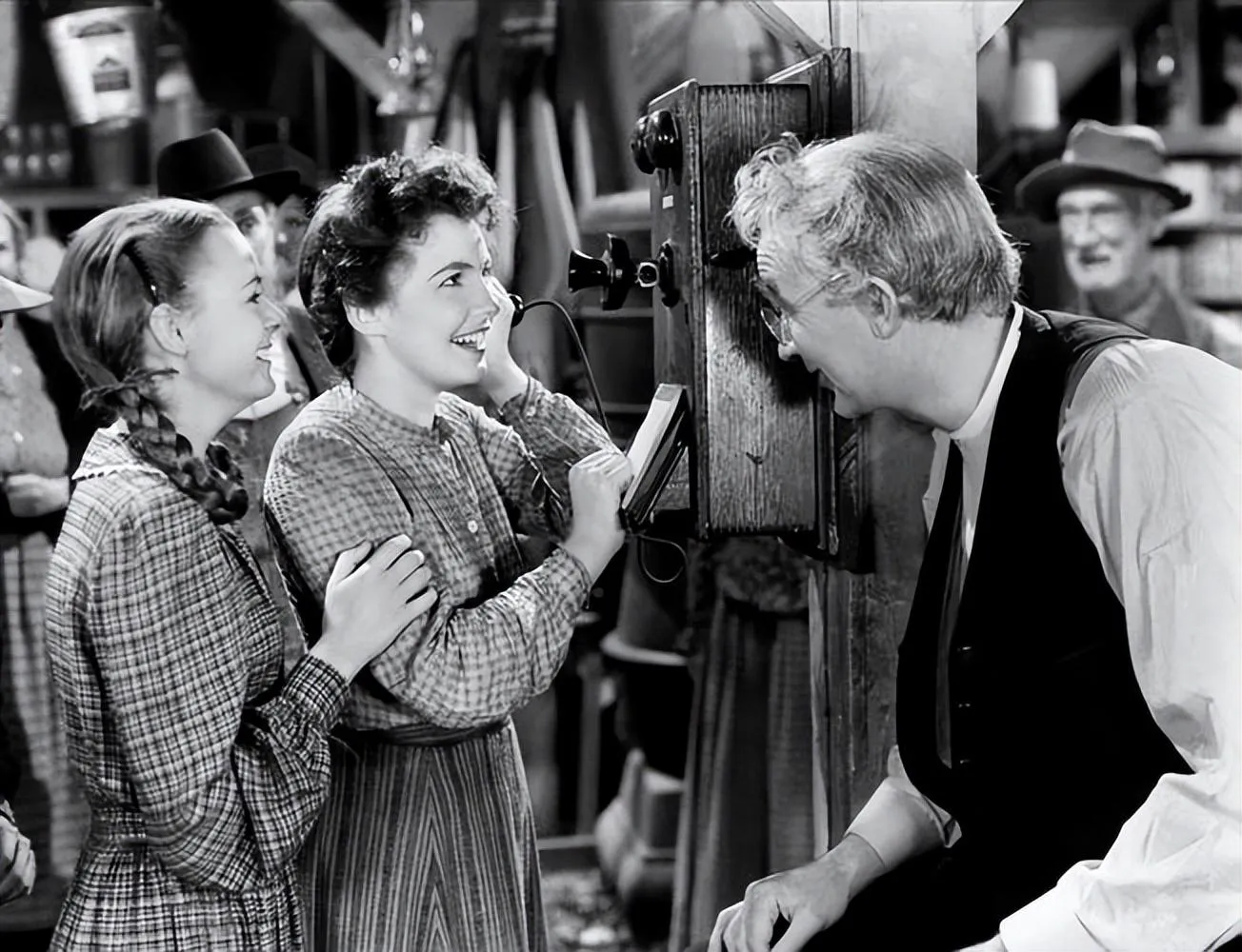
Alvin York’s heroic deeds and Howard Hawks’ direction earned the respect of audiences and film critics. “Sergeant York” continues to hold an important place in film reviews and classic war film lists.
“Sergeant York” celebrates the spirit of heroism in war through a true and admirable story. Based on Alvin York’s real life, the film showcases his heroic performance and self-sacrifice on the battlefield.
This celebration of heroism evoked admiration and respect from the audience, while also inspiring a universal resonance with courage and dedication.
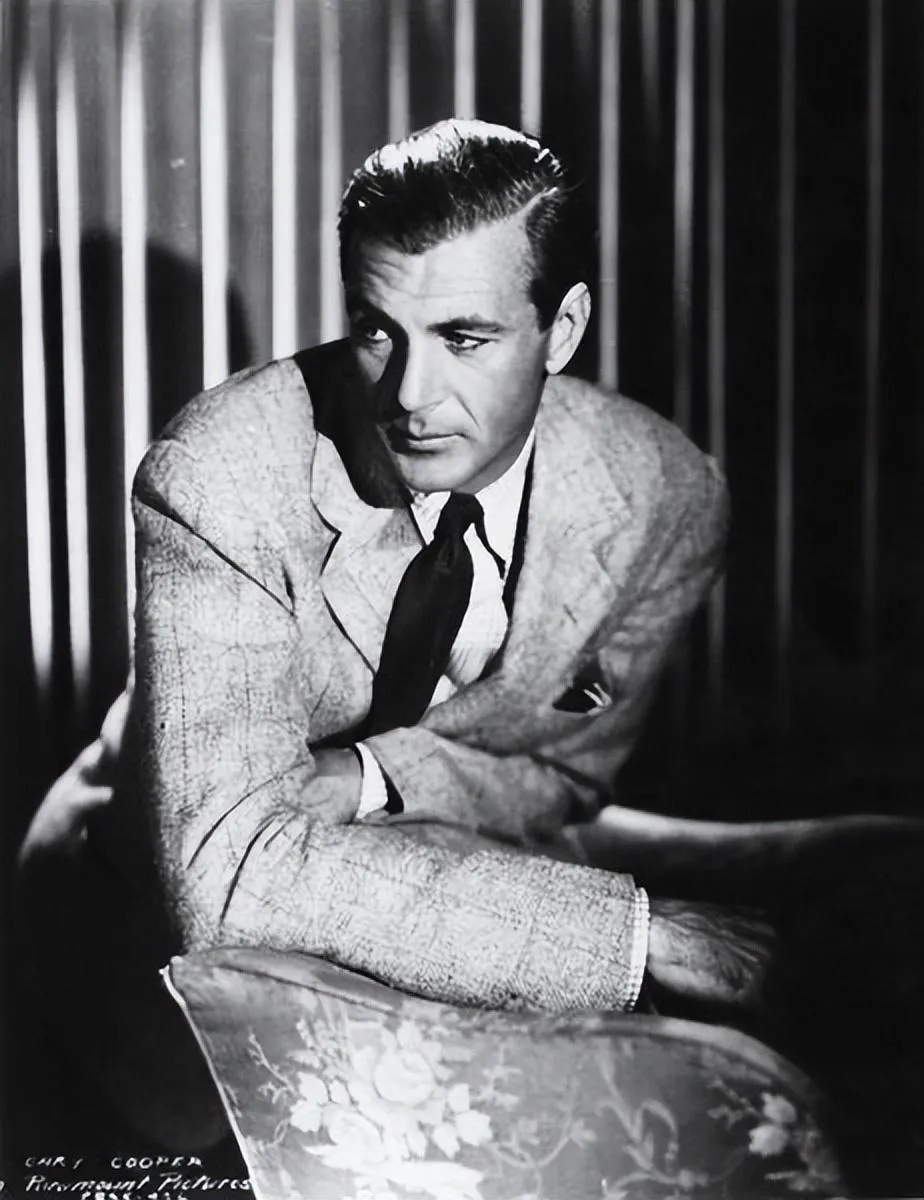
As the protagonist, Alvin York undergoes a transformation from an ordinary person to a hero in the film. He faces numerous difficulties and challenges, but ultimately overcomes them through unremitting effort and unwavering faith.
Viewers, regardless of their circumstances, can draw inspiration and enlightenment from this, and feel their own strength and courage when facing difficulties.
Although “Sergeant York” is a film about war, it also provokes deep reflection on war and peace. By showcasing the violence and destruction on the battlefield, the shocking war scenes, and the harm that war causes to individuals and society.
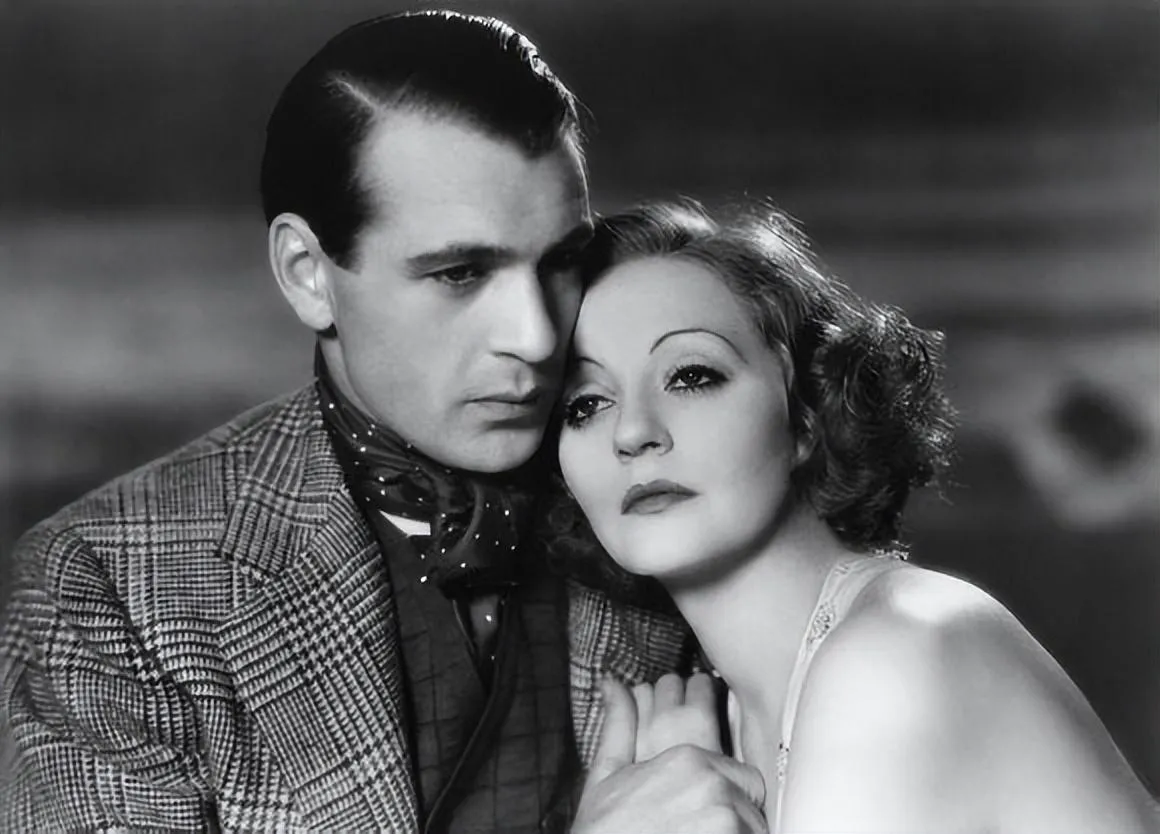
Viewers are able to reflect on the horror of war and its destructive power on humanity, which inspires a desire for peace, non-violent conflict resolution, and even reflection on and rejection of war.
Through careful performances and character portrayals, the film successfully creates the characters’ inner worlds and emotional experiences. Viewers are able to establish an emotional connection with the protagonist, Alvin York, and empathize with his pain, growth, and joy.
Viewers can see themselves in the protagonist, establish emotional resonance with him, and experience emotional touch and spiritual resonance.
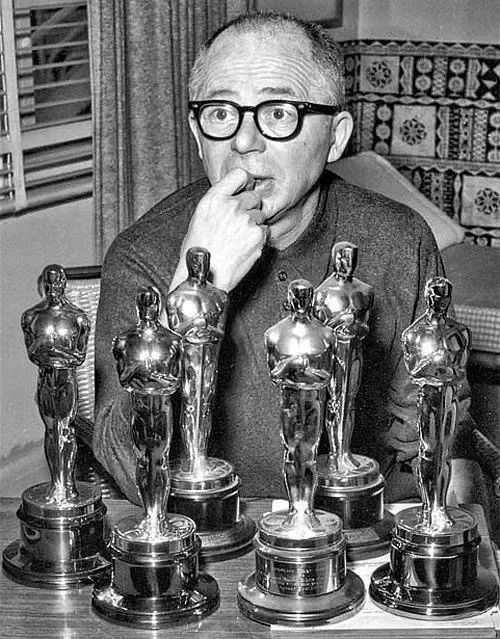
Choosing to present Hawks’ story in the form of a biographical film can help viewers better understand and appreciate the director’s real-life experiences and achievements.
Biographical films are typically based on real people, presenting a more authentic and credible story by recreating real events and the lives of the characters.
By producing a biographical film, it is possible to delve into Hawks’ motivations, creative concepts, and artistic pursuits as a director, revealing the challenges and achievements in his personal and professional life.
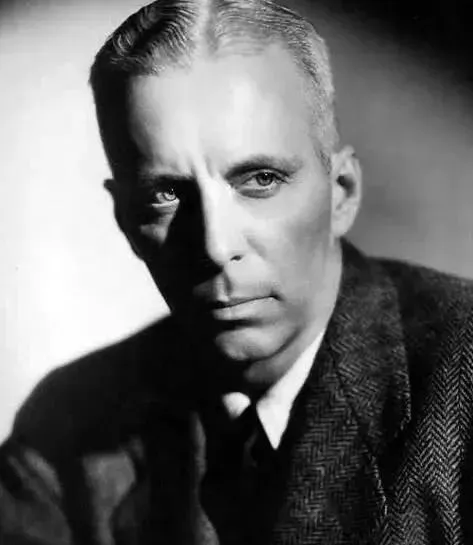
Biographical films allow viewers to gain a deeper understanding of Hawks’ creativity and unique perspective, as well as his contributions to the art of film.
Through the art form of biographical film, viewers have the opportunity to establish an emotional connection with the protagonist and draw inspiration and reflection from it.
Biographical films can showcase the characters’ growth, struggles, and dilemmas, and viewers can reflect on their own lives, values, and pursuits through the protagonist’s experiences and stories.
Choosing to present Hawks’ story in the form of a biographical film is also to inherit and commemorate this outstanding director and his works.
Through the medium of film, Hawks’ story and contributions to the film industry can be permanently preserved, allowing more people to understand and remember his achievements, and use them as a reference and inspiration.
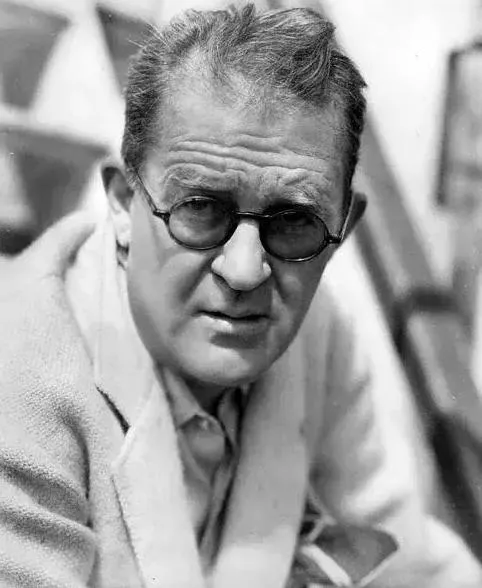
IV. Conclusion
Howard Hawks chose to create “Sergeant York” because Alvin York was a highly acclaimed hero. He was a true military hero in World War I, defeating multiple enemy forces single-handedly and saving many comrades.
This true and inspiring story attracted Hawks’ attention and inspired his desire to transform it into a film.
The significance of creating “Sergeant York” lies in conveying important historical stories and values to the audience through the art form of film. This film is not only a tribute to Alvin York, but also a reflection of wartime heroism, courage, and dedication.
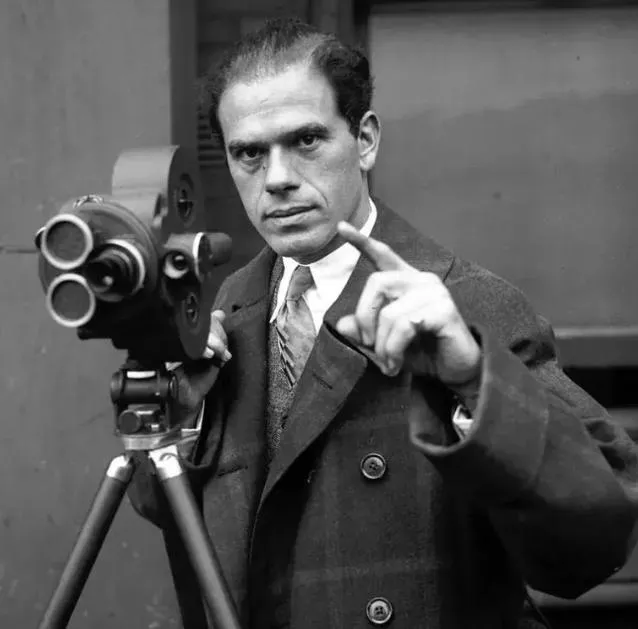
By showcasing Sergeant York’s true story, Hawks explored the courage and selflessness of human beings in adversity, inspiring viewers to think about war, peace, and personal responsibility.
As a biographical film with a historical background, “Sergeant York” has significant historical and educational value. It shows the audience the war environment, soldiers’ lives, and stories of heroic figures during World War I.
Such historical re-enactment helps the audience to better understand historical events and learn from them. At the same time, this film also provides the audience with an opportunity to reflect on the ethics of war and the concept of peace.